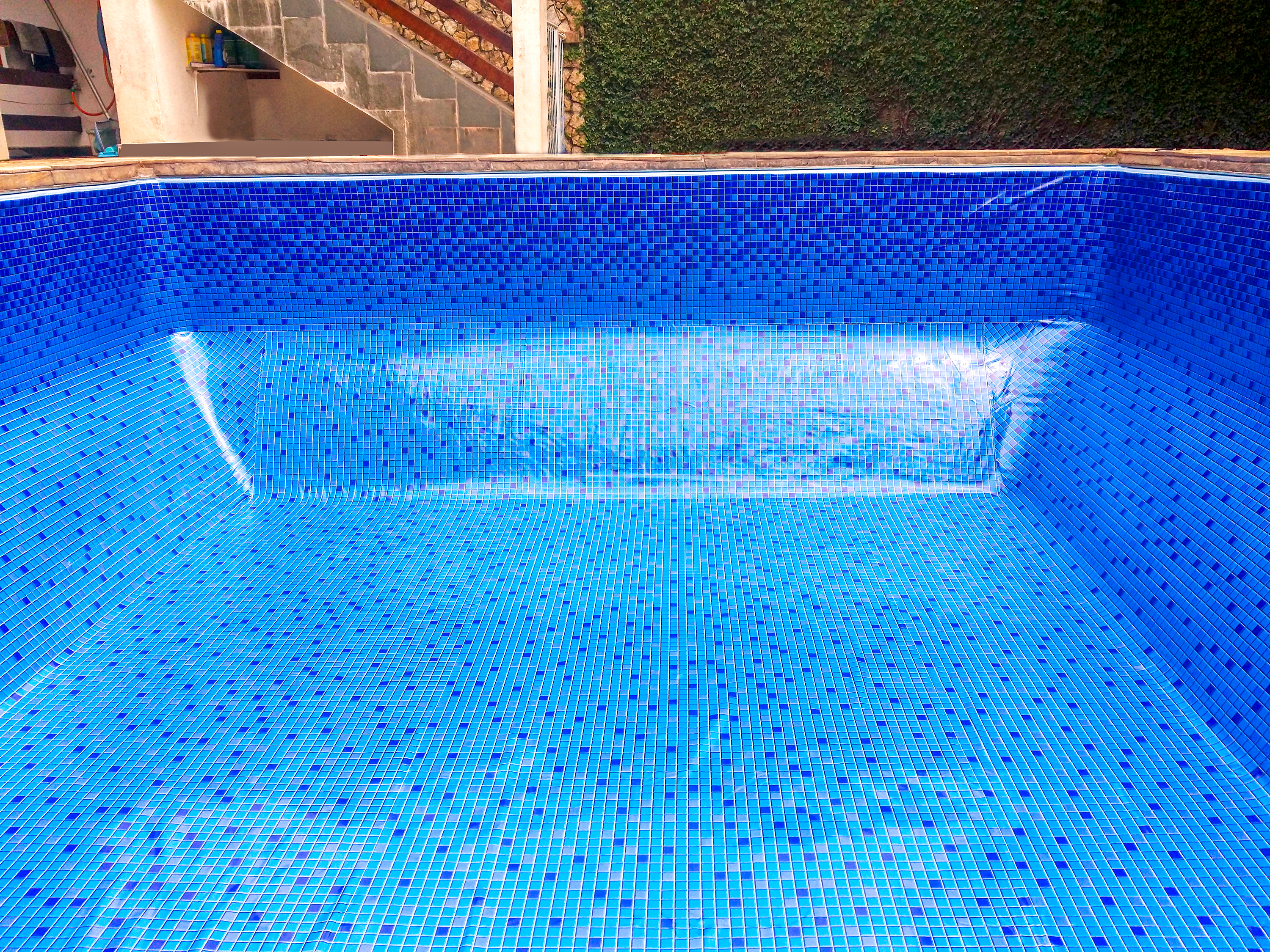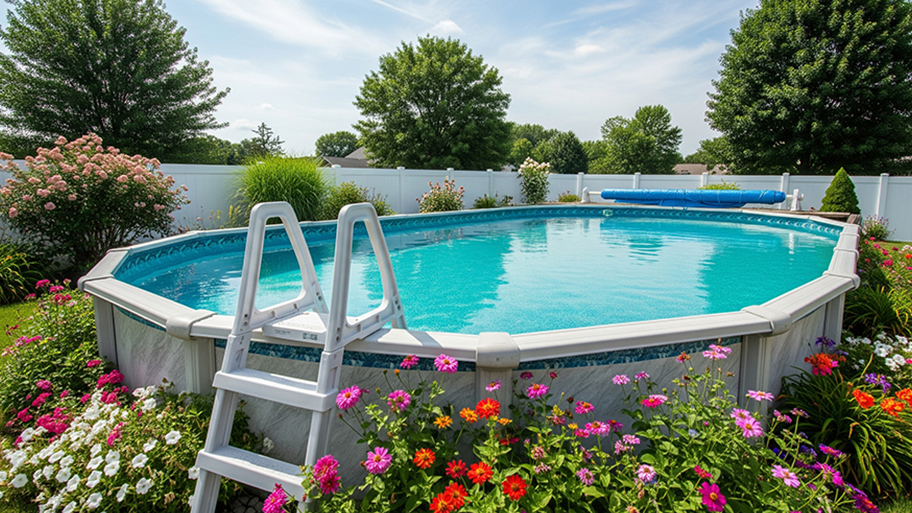
If you’ve been considering installing a new pool in the Buckeye State, this guide will help you understand inground pool costs in Columbus.
Leak or no leak, get to the bottom of your worries


Your pool offers tons of fun and entertainment for your family, but when things go wrong, it can quickly turn from something great into a stressor. After all, an unchecked pool leak can cause many other problems besides a high water bill, so fix the issue as soon as possible. Knowing who to call if you think your pool is leaking can save time and money.
From losing too much water and constantly noticing unbalanced water to soggy spots on your lawn, there are many signs that your pool is leaking. Rather than guess what’s going on, you can benefit from hiring a pool leak detection service. These companies have special equipment for detecting leaks quickly and efficiently. Without a pro and their expertise, it can take a long time, even days, to find a leak.
Best of all, you’ll find out where the leak is on the day of the appointment so you can immediately get started on repairs. Taking care of the leak right away will save you money on water bills and prevent costly repairs down the road, like cracks and structural issues.
Some leak detection companies will offer leak detection and repair services, while others specialize in finding leaks. Depending on who you’re working with, the next steps may require a pool repair company near you to fix the leak.

Most DIYers can learn how to find a leak in a pool through low-cost methods like the bucket test or dye test. However, there’s no guarantee that you’ll find the leak, and it’s more complicated to DIY plumbing leak detection.
For the bucket test, fill a bucket and mark the water level with duct tape. At the same time, mark the pool water level with duct tape. Turn off the pool pump and let sit for 24 to 48 hours. If the water loss is similar in the pool and bucket, you probably don’t have a pool leak. But a leak is likely if you see a big difference between the two levels.
Once you suspect a leak, try the dye test to find it. Get pool leak detection dye at the store, and release small amounts of dye into the water using a syringe. The dye will get sucked through any leaks. The issue with this method is that you need to guess the leak's location, which can take a lot of time. Eventually, you might get lucky and find the leak.
You can see if your pool maintenance company offers pool leak detection services. While some maintenance companies do weekly maintenance and leak detection, not all do. Remember that proper pool and equipment maintenance can help prevent leaks, so if you’re overwhelmed by all the to-do tasks for your pool, consider hiring a pool maintenance company.
Pool pros find leaks using a range of specialized equipment. Here are more details on how they get the job done with different types of equipment.
The first thing your pool pro will do is check whether you have a leak. After all, you might suspect a leak, but it could be something else, like a faulty pool cover, humidity, or heat. The pro will confirm a leak using a leak analyzer, also called a rapid water loss sensor, which detects water level changes as small as 10,000th of an inch. Your pro can see if there’s a leak within minutes.
Pressure kits allow pool pros to inject air and water into a pipe to see if it loses or maintains pressure. If the pressure levels drop, it means there’s a plumbing leak.
If the pressure test reveals a leak in the plumbing, your pro will use an electronic listening device to find the exact location of the leak. They’ll introduce a stream of air into the plumbing line while scanning the ground with the listening device. This tool uses sonic technology, so the pro will hear a bubbling sound at the location of the leak.
To find leaks in the pool, pros will use an underwater listening device. These devices feature an underwater mic called a hydrophone, which allows the pro to hear sounds underwater. A “whooshing” sound occurs as the pro gets closer to the leak.
For vinyl liner pools, your pro will use an electronic leak detector that sends an electrical current into the water and tracks where the electricity flows. The pro can figure out the exact leak location in the liner by looking at the data.
From average costs to expert advice, get all the answers you need to get your job done.

If you’ve been considering installing a new pool in the Buckeye State, this guide will help you understand inground pool costs in Columbus.

The cost of pool liner replacement in Columbus depends on the size and shape of your pool, as well as the liner material and type. Here’s how the costs break down.

Dreaming of summertime swimming? Find out aboveground pool costs, including prices for materials, fun extras, and professional installation.

A pool cover protects against debris and temperature changes while also preventing accidents. This guide breaks down the five main types of pool covers to choose from.

If your water has high calcium hardness, it's important to learn how to lower calcium hardness in your pool water to avoid corrosion that can harm your pool's plumbing.

It’s always best to hire a pool electrician to work on your pool's electrical systems. Our guide breaks down everything you need to know about hiring this pro for your pool.